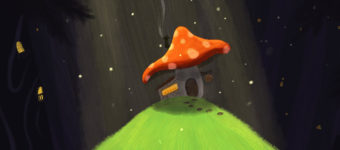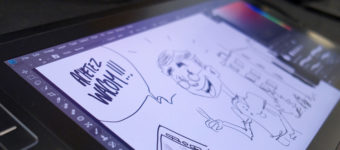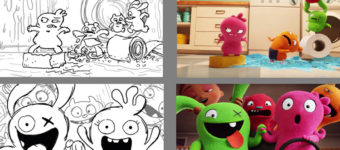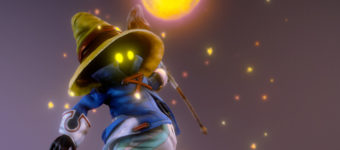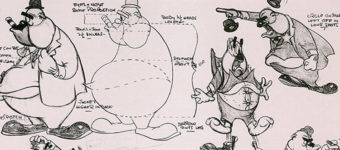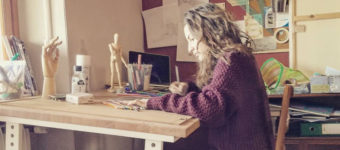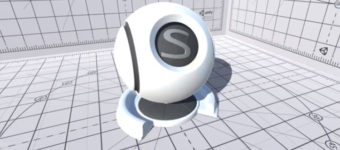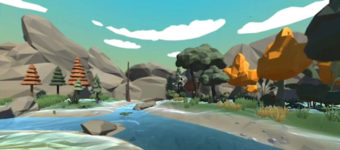
What Is Figure Drawing & Why Is It So Important?
Figure drawing is the practice of drawing from a live model in different poses. Typically this is done with real models and working from life(not photos).
Nude models are mostly used in figure drawing to capture the full essence of the human figure.
Many artists use the phrase “life drawing” interchangeably with “figure drawing”. These both mean the same thing, but can be confusing to newer artists who are often told to draw from life.
When you attend figure drawing sessions you’re always drawing from life because you’re working from a real reference(the model).
But you can also draw from life by drawing an apple, a chair, or a car without a photo.
The phrase “drawing from life” does not mean the same thing as “life drawing”. The idea of drawing from life is just drawing from the real world.
But life drawing and figure drawing are basically synonyms and mean the same thing: to practice drawing from a live model in various poses in a model room.
So you may be wondering why figure drawing is so important. Why is it practiced so often, even by professional artists?
There’s a few reasons but they all boil down to the idea that reality never lies.
When you draw from life you’re attempting to capture the world as it really is. This means studying forms, proportions, perspective, shading, and all the fundamentals that go along with learning to draw.
Note that practicing from photo reference is perfectly fine. In fact it’s the best way to practice if you’re at home with a computer.
But every artist needs time in front of the model.

It trains your eye to see things that photographs just can’t capture. This makes you more perceptive in all of your work—and that includes animation or illustration where exaggeration is crucial.
But can’t you just draw apples and chairs and stuff? Why do you need to draw people?
Two answers for that question:
- The human form is incredibly complex with so much to study
- Most characters/creatures can be built from human anatomical studies
The biggest reason we practice with the human figure is because it has so much to offer. Mastering the figure is about more than just shapes and muscles and bones.
It’s about movement, weight, balance, and tension. It’s about studying the model’s weight-bearing leg or how they position their hips to hold a certain pose.
As you study these minor details through figure drawing you’ll learn to see them everywhere.
In animals, in objects, and certainly other humans. But drawing humans fully clothed makes it tougher to see the full scope of each pose.
And that’s exactly why figure drawing is primarily done nude.
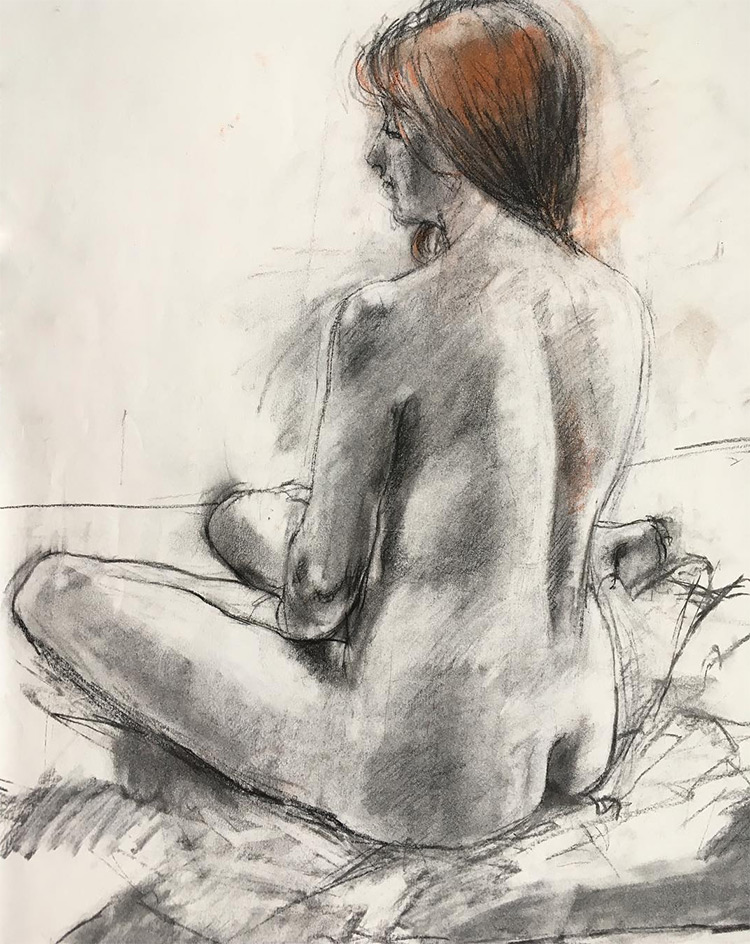
Most artists begin figure drawing with quick gestures and sketches from photos. And really, that’s a great place to start. Much better than not drawing at all.
But eventually you’ll want to find a local figure drawing class and get to it as often as possible. It helps if the class is guided since you may feel uncomfortable and anxious entering the room as a newbie.
Trust me, that’s normal. You get over it fast once you learn what you’re trying to do.
Figure sessions typically last for 30-120 minutes each and more expensive classes can go all day.
Some classes have the model hold the same pose for many weeks or even months at a time. This gives you a chance to render a very detailed realist drawing(or painting) and bring it to completion.
Other classes have the model change poses frequently. It may be one pose per session or even multiple poses per session.
This is partly why it can feel so confusing to someone who’s never done a figure class before.
If you’re nervous about getting into art because you don’t want to attend figure classes then start with online courses instead. There are many gesture drawing techniques you can pick up at home before working from a live model.
I actually started my figure practice with Proko’s figure course and it was the best decision I ever made. Even though it uses photo references it still teaches you what to do when you see a real model take a pose.
Proko’s course trained me how to think about figures and more importantly how to start my drawings in the figure room. If you can’t find any local guided classes then I highly recommend Proko’s course as a starting point on how to draw figures.
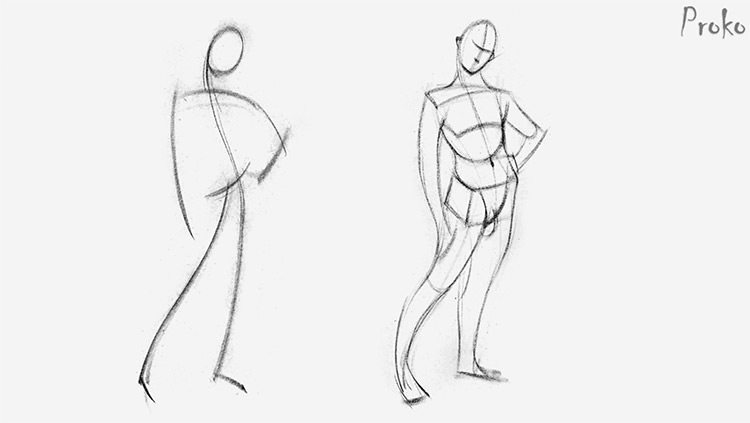
Have a look at our full review if you wanna learn more about Proko’s course.
But once you get past the absolute basics you’ll feel a lot more comfortable drawing from a real model. Even if you’ve never done “real” life drawing before you can still enter the room with confidence knowing you have an idea of what to do.
After a while these life drawing sessions will get easier. Eventually they get pretty fun!
Just remember that everyone hits roadblocks so don’t get discouraged if you have some bad sessions. Again, this is totally normal.
What I recommend is eventually doing figure studies by focusing on different parts of the human figure with each session.
Maybe start your sessions with quick gesture sketches and then move into detailed studies. Some artists focus on specific areas like the torso or legs.
Other artists practice rendering trouble areas like hands or feet. Ultimately it depends what you want to improve.
When you draw the human figure what’s your weak spot? Are there a few?
Pick one and draw that area from live models until it’s your strong spot.
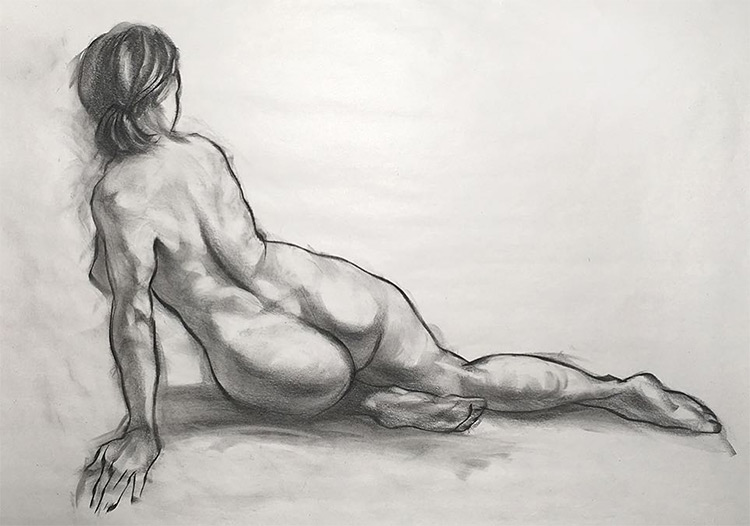
The key is to remember that life drawing is an ongoing lifelong pursuit, much like art itself.
Even artists with 30+ years experience regularly attend figure drawing sessions. Many of these artists don’t even do realist work.
Did you know Walt Disney Animation pays for its animators to attend figure classes on the company’s dime?
They do this because life drawing is the best way to improve your quality of work. And Disney knows if they pay to educate their artists they can develop a team of the most skilled entertainment artists in the entire world.
If Disney is willing to spend its own money on figure sessions for employees that should really tell you something.
Figure drawing from a live model is truly invaluable, yet it’s tough to explain in words. Specifically it’s tough to explain the artistic benefits in words.
You really have to experience it for yourself to see why it’s so beneficial for every artist.
And if you ever wanna give it a shot try searching for local life drawing classes and see what you can find. Or you can start at home with Proko’s course and work your way up.
Either way start working from the figure as soon as you can. It’ll really pay off in the long run.


